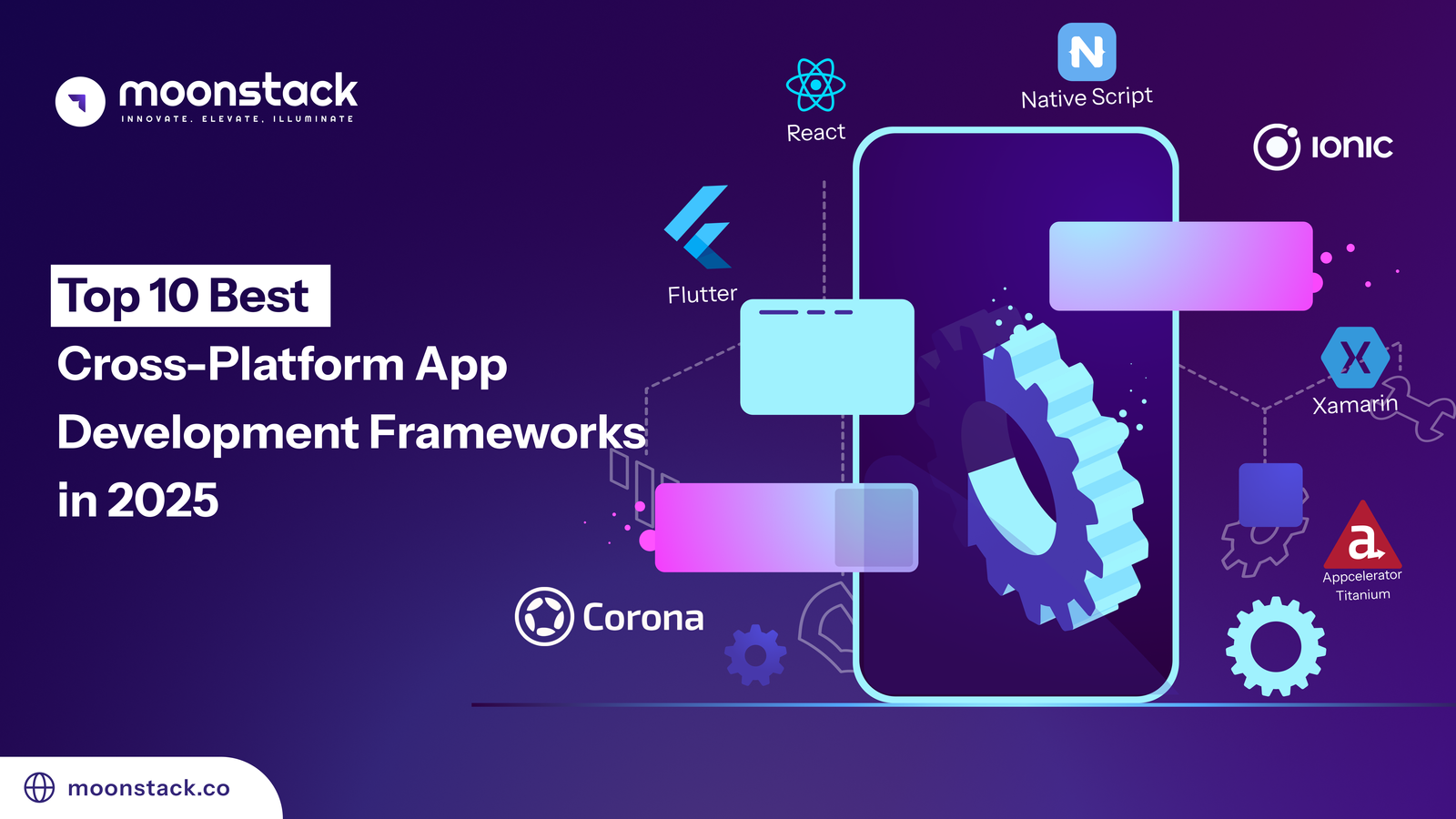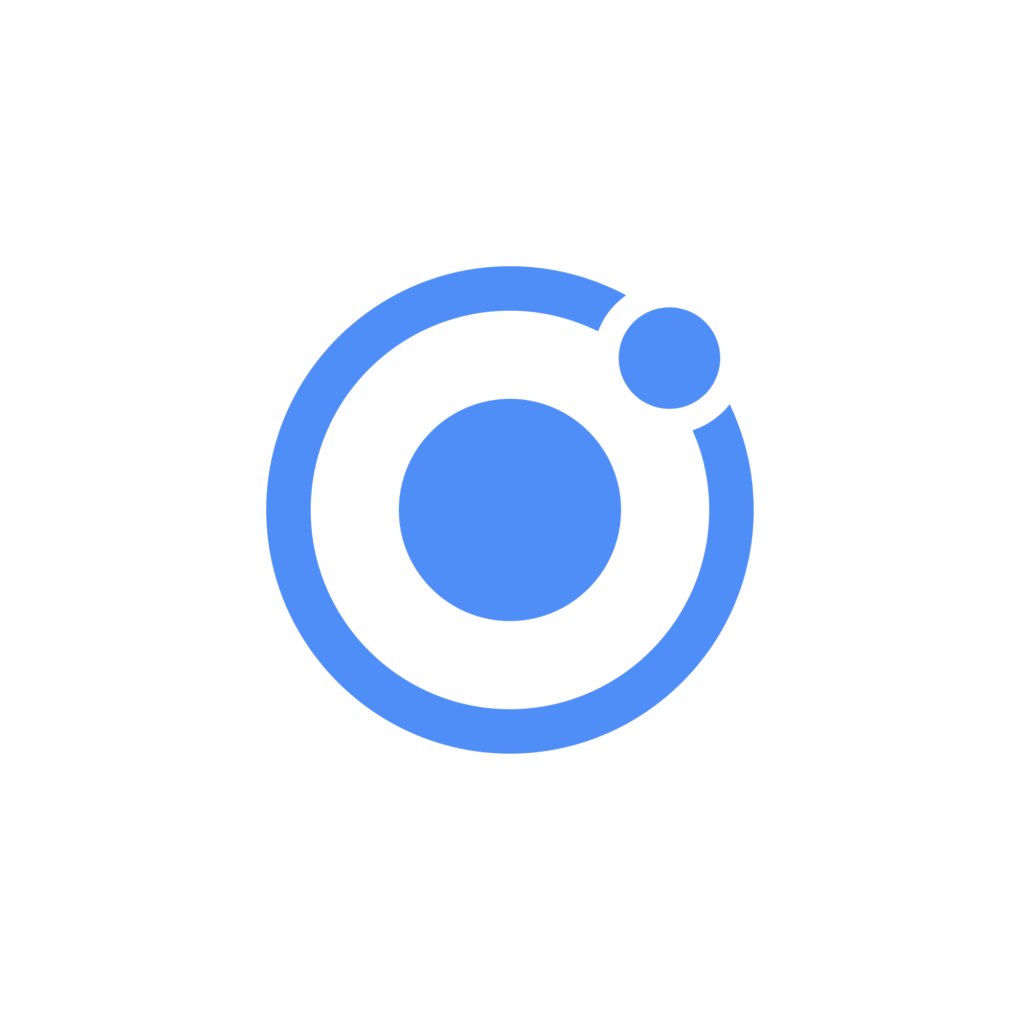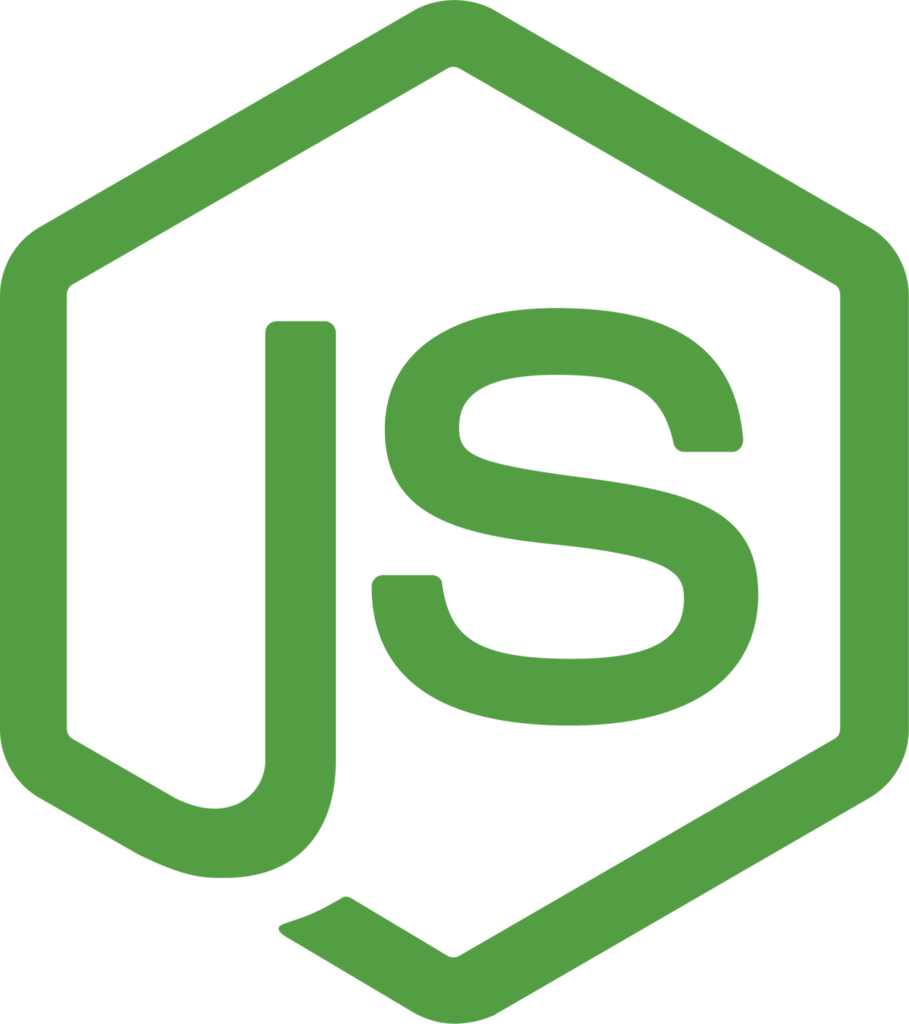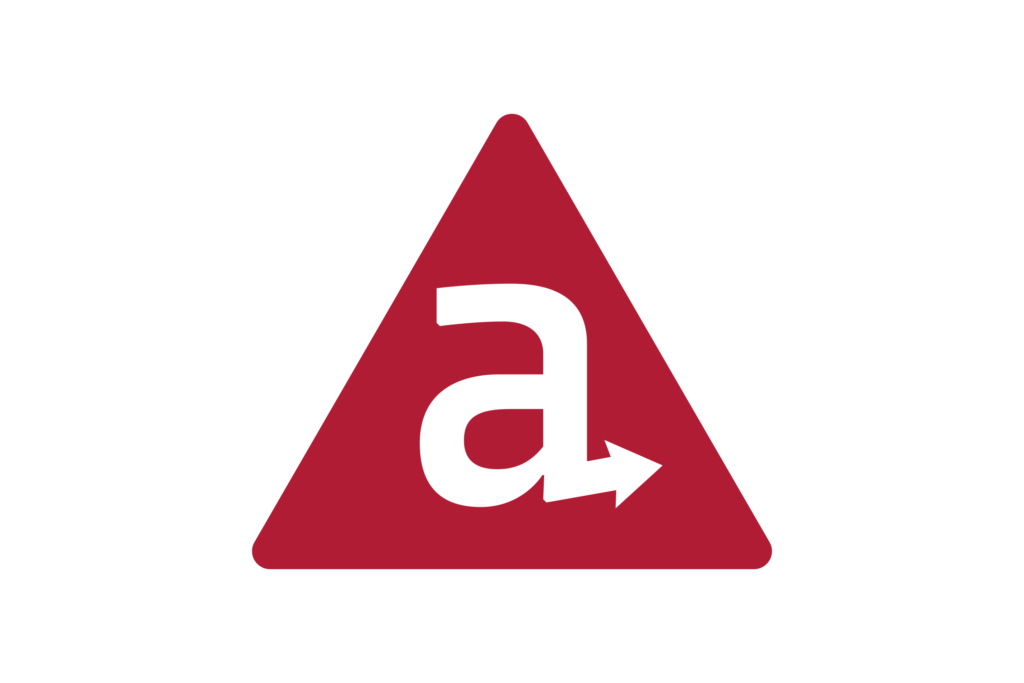2025 SEO Trends You Can’t Ignore: Core Updates, AI, and the Future of Search


Advantages of Using Frameworks for Cross-Platform App Development Why should your company use a framework for developing cross-platform apps? Here are some explanations:
1. Reusability of Code
“Write once, run on different platforms” is the methodology used by the hybrid development framework.
Hybrid frameworks reduce repetitive chores and accelerate development by utilizing shared codebases.
2. Fast Development
The frameworks for developing cross-platform mobile apps are another win-win scenario. Development efforts are lowered to 40–60% since apps for iOS and Android can be created using a single source code.
3. Easy Integration With Cloud
With little work on the part of the developer, plugins and extensions are an excellent method to enhance the functionality of the program. Due to their single source code, hybrid mobile apps are readily integrated with the cloud and work with a variety of plugins.
4. Consistent Design
Many consumers own multiple iOS and Android devices. It is challenging for developers to synchronize design across several devices with comparable experiences when creating native mobile apps.
Developers and designers may create a consistent design experience across many operating systems with the help of cross-platform app development tools.
5. Simpler Adjustment
Businesses must continuously upgrade their mobile apps or incorporate the newest industry trends in order to be competitive in the ever-changing business environment.
Use One of These Cross-Platform App Development Frameworks to Begin Developing Apps
1. Flutter

Google supports the open-source app development platform flutter. From a single codebase, developers can create, test, and release feature-rich desktop, online, and mobile applications.
The client-optimized Dart programming language, which powers Flutter, enables quick application development.
Dart is quick across all platforms, regardless of the programming platform. Dart builds to ARM and 64 machine code for desktop and mobile devices. When it comes to web development, JavaScript is compiled by Dart.
Mobile app developers may create a production-quality software much more easily with the help of developer tools and automated testing.
Features:
Developers can preview coding changes with instantaneous effect by using hot reload.
UI-optimized: Gives mobile app developers complete control over each pixel of the design to produce an adaptable layout that works flawlessly on all screens.
Complete set of widgets: It provides the entire collection of widgets in both Apple’s Style and Google’s Material Design.
Skia: An in-house visual engine designed to facilitate quick and efficient development.
Simplified first setup: The Flutter installation procedure is made much simpler by comprehensive instructions and a sizable community.
2. React Native:

The Meta platform developed React Native, a top-tier open-source Javascript toolkit for creating stunning user interfaces.
It employs the “learn once, write everywhere” strategy. It enables developers to quickly and easily construct cross-platform apps that seem native.
Developers can preview the changes instantaneously thanks to React Native, a programming language that is incredibly fast.
Features:
Community-driven: VScode and React Native have the most contributors on Github, respectively.
Reusable code: Approximately 90% of the code may be utilized to create iOS and Android apps.
Support for NPM libraries: The Node Package Manager makes it relatively simple to install React Native.
Support for upgrade helpers: This tool greatly simplifies the process of converting older scripts to React Native.
3. Xamarin:

Microsoft supports Xamarin, a free and open-source cross-platform app development framework that enables the creation of Android and iOS apps using C# and.NET programming languages.
Xamarin facilitates the creation of native, cross-platform, and shared native user interfaces by integrating with contemporary backend services and native APIs.
Features:
Strong libraries: A vast array of libraries for creating cross-platform applications with lots of features.
Xamarin is open-source and free for everyone to use. No fees or licensing costs apply.
A sizable and vibrant community: Excellent community support to have all of your questions answered.
Compatibility with Azure: Developers may meet their storage and intelligent service demands with Azure support.
4. Ionic:

Max Lynch, Ben Sperry, and Adam Bradley developed the open-source Ionic software development kit for creating hybrid mobile applications.
By enabling developers of mobile apps to use any frontend framework, such as Angular, React, or Vue, it gives them a tremendous deal of flexibility.
Features
Pre-designed user interface elements: An extensive set of pre-built elements, base themes, and fonts that work with all mobile devices.
Tooling that is developer-friendly: The developer’s workflow is made relatively easy by live reload, deployment, and integration tools.
Lightning-fast app development: Ionic allows mobile devices to scroll at up to 60 frames per second.
Simple and declarative UI elements: To help developers create cutting-edge, superior user interfaces, Ionic’s components are all created with HTML, CSS, and JavaScript.
5. NodeJS:

The OpenJS foundation developed NodeJS, an open-source, cross-platform back-end JavaScript runtime environment, to facilitate the creation of scalable, server-side network applications.
It allows JavaScript writers to write both client-side and server-side code. NodeJS offers straightforward yet effective methods for developing hybrid mobile apps by adhering to the basic approach.
Features
NodeJS guarantees the best developer experience because of its robust plugin design and minimal overhead.
Enables programmers the ability to create reusable application logic.
It is simple to combine NodsJS with a number of frontend frameworks, including Angular, Vue, and React.
remarkably quick in the execution of programming.
6. Apache Cordova:

An open-source platform for developing hybrid mobile applications is called Apache Cordova. It creates cross-platform apps for Windows, iOS, and Android by utilizing common web technologies like HTML, JavaScript, and CSS3.
The platform-centered workflow and the cross-platform (CLI) workflow are two fundamental app development processes provided by Apache Cordova that let developers create platforms for several platforms using a same codebase.
Features
Command-line interface (CLI): In charge of simplifying the development process through plugin installation and process construction.
Wide selection of Cordova plugins: By incorporating Cordova plugins, you can increase the mobile application’s functionality.
Cross-platform code reuse
Assistance with offline situations
Use native device APIs.
7. Sencha:

Sencha Touch enables developers to create and evaluate data-intensive web apps for iOS and Android, among other platforms.
Sencha uses programming languages including HTML, CSS, and JavaScript to create mobile applications, relying on the MVC design.
Features
Customizable UI widgets: It comes with over fifty pre-made, modifiable UI widgets.
Code compatibility: Sencha’s latest edition provides seamless interoperability with the framework’s earlier iteration.
The application can use data from any back-end data source if it has a strong data package.
A better experience is guaranteed on many platforms thanks to adaptive layout and animations.
8. Appcelerator Titanium:

An open-source framework for developing cross-platform apps is called Appcelerator Titanium. It enables developers of mobile apps to create JavaScript apps that are subsequently compiled into native iOS and Android apps.
Appcelerator Titanium can be used to create apps for a single platform in addition to hybrid app development.
Features
More than 5,000 Windows, iOS, and Android APIs to create remarkable apps with outstanding credibility.
60–90% of the code can be reused to support the creation of native-like apps for several platforms with minimal coding.
Marketplace modules are readily available to guarantee your application’s expanded functionality.
Syntaxes that resemble XML and CSS are used to assist developers in distinguishing the layout syntax from the business logic.
9. NativeScript:

An open-source app development tool called NativeScript makes it possible to create web and mobile applications with a codebase that is identical across many operating systems.
being supported by PlayGround, a WebIDE that helps developers create hybrid apps quickly and effectively by providing features like hot reload, debugging, and an intuitive working environment.
Features
Rich graphics, charts, lists, and animations are used to provide customers an amazing experience.
Touch manager to enable developers to provide users with a refined user experience.
Replacement of the hot module
Simple authentication choices with several sign-in techniques
Platform-specific APIs
10. Corona SDK

A free cross-platform app development tool called Corona SDK makes it possible to quickly create games and mobile apps for a variety of platforms.
Lua is a lightweight scripting language that powers the framework. Corona improves stability and performance by automatically building apps at build time.
Because of Corona SDK’s development skills, developers may construct solutions with a similar codebase that function on desktop computers and even linked TV devices, extending its reach beyond mobile devices.
Features
Totally free: There are no unstated costs, fees, or royalties associated with using the framework.
Large-scale market: Developers have access to complete project templates, graphics materials, music, and plugins.
Priority support: Provides assistance via email and the Slack channels.
Call any native API: Corona allows developers to call any native API, whether it is in Java, C/C++/Objective C, or another language.
Connect with Moonstack
Ready to take the first step towards unlocking opportunities, realizing goals, and embracing innovation? We're here and eager to connect.


